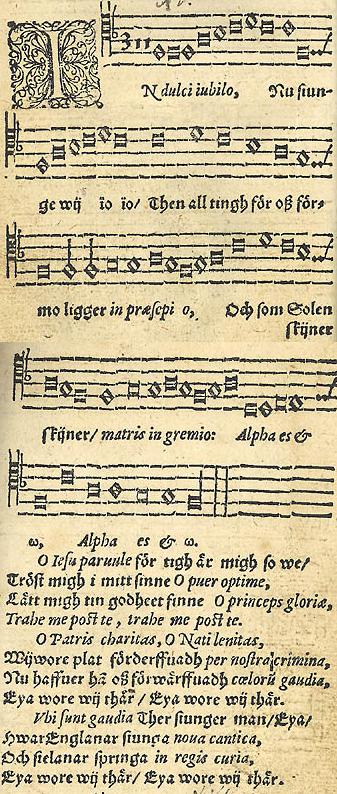With the Solemnity of Mary, Mother of God yesterday – or, in the usus antiquior, the Circumcision – the Octave of Christmas closes, but the Christmas season continues, to the Baptism of the Lord (next Monday), or if you’re more of a traditional, right up to the feast of the Presentation, also known as Candlemas.
Anon, the point being, as our parish priest said in his homily this morning, it’s still Christmas, so wish people a Merry one, even if you get blank stares. And keep those carols singing, the ones we didn’t sing during the weeks of Advent.
Here are two lovely ones, both sung by the ensemble Voces8:
In Dulci Iubilo is a medieaval hymn, composed perhaps by the German mystic Blessed Henry Suso (Heinrich Seuse) in 1378, and also put to music by Michael Praetorius in 1607, who also composed Lo, How a Rose, which we will also post here. The text is macaronic, alternating different languages, with a dancing melody:
And here is a version of the Wexford Carol, whose origins are Irish, perhaps from the Middle Ages, perhaps from the 15-16th centuries, but certainly from County Wexford. This modern setting is by Thomas Noon, father of Molly Noon, who sings the first solo part here.
And, finally, here is the aforementioned Michael Praetorius’, and his 1609 harmonic version of the enchanting mediaeval Marian Christmas motet Es ist ein Ros entsprungen – in English, Lo, How a Rose E’er Blooming – here in the original German text.
Exultemus et gaudeamus in Domino!











